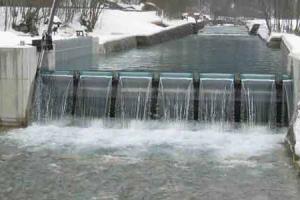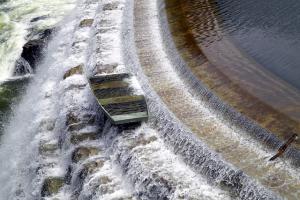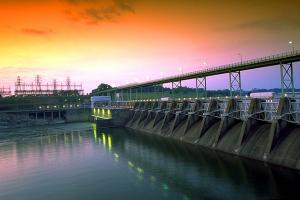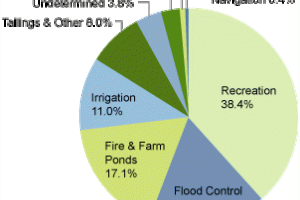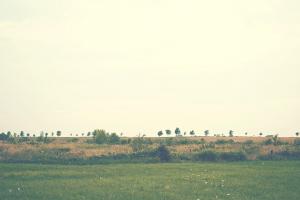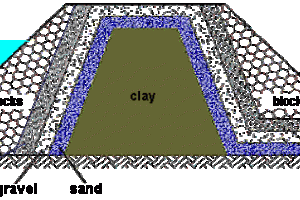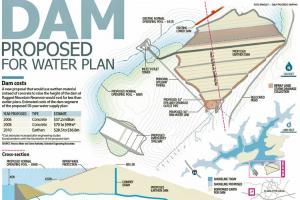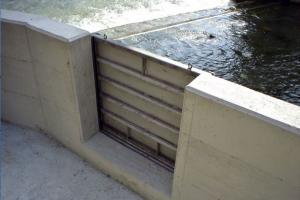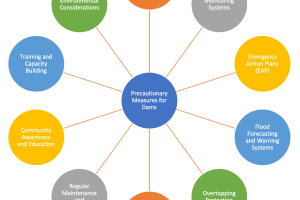Skip to main content
5 Travel Myths You Need to Stop Believing Right Now
Canal Comes Alive with Lighted Boat Parade.
Environmental Impacts of Dams
Impacts on Fish
- Dams are created in order to change the currents of a River.
- Changing the current has an immediate impact on the ecosystem in the river.
- The dam changes the water qualities to which organisms are used to
- Many animal's life cycles are synced with the annual floods that occur in an area; therefore, those cycles are interrupted when the floods stop because of the dam
- The dam basically acts as a barrier stopping fish from going upstream or downstream; thus, lifecycles of migratory fish are deeply damaged, as they cannot go and spawn or interact with others.
Soil Erosion Before the Dam
- The sediment that the water carries is blocked by the dam; as time passes, it slowly builds up, adding additional pressure to the dam wall
- In this way, serious accidents can occur: the dams are only built to withstand a certain amount of water pressure; with the pressure from the sediment in some time the wall either explodes or water is caused to go above the dam, creating a waterfall; in both cases, a lot of organisms, including humans are in great danger.
Soil Erosion after the Dam
- As sediment coming from the upper parts is blocked, the water after the dam is essentially "cleared" of all particles
- Once again, that interrupts the ecosystem present
- The nutrients are blocked along with the sediment
- The organisms that used the mud to hide themselves now have no protection from predators.
Disease Spread
- The water that is blocked by the dam stays in one place, and, consequently, can get very dirty
- It attracts mosquitoes and other disease-carrying insects, which contaminate it
People Displacement
- When dams are built, the settlements and habitats that stand in their way are generally demolished
- This way, a lot of people are left without a home and a job, which is a big economical problem.
- The water is a breeding place for snails carrying the parasite bilharzia, which is the second worst disease after malaria in Egypt.
Other Environmental Effects
- The physical environment is altered
- Cycles and variation of flow downstream are effected
- Standing water (reservoir) habitats replace flowing water habitats
- Nutrients are unable to move downstream
- Reduction of biodiversity occurs
- Ocean fish migrations are blocked, most notably the salmon and steelhead
Related Civil-Engg. Content





